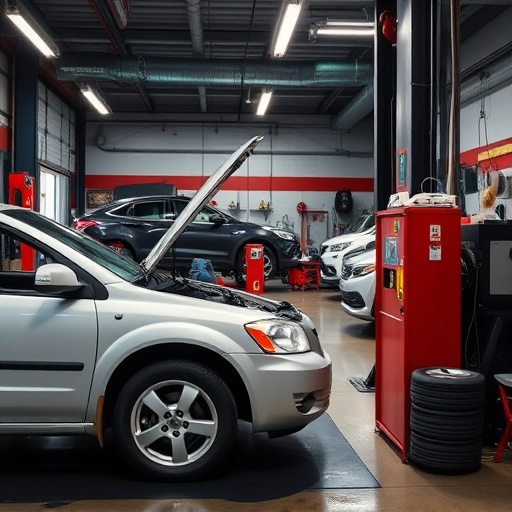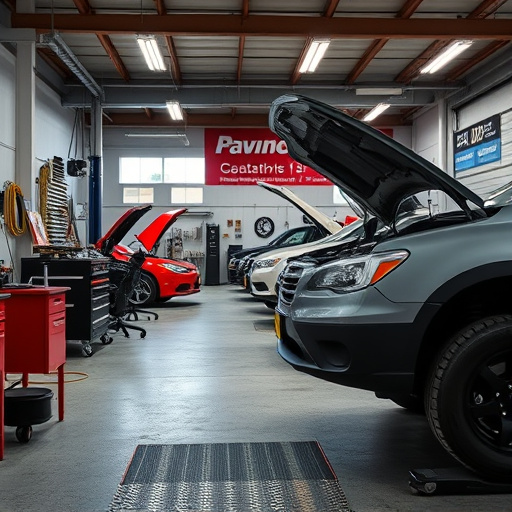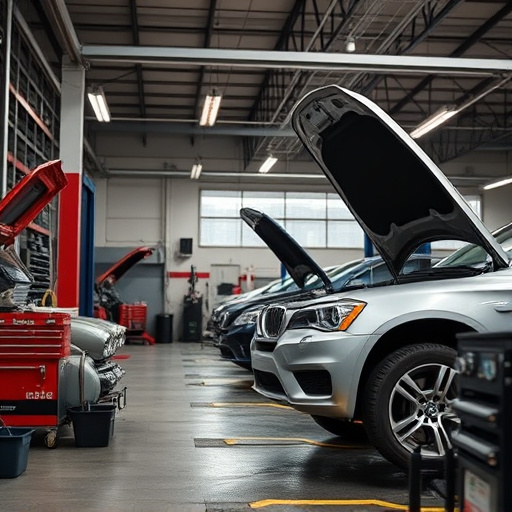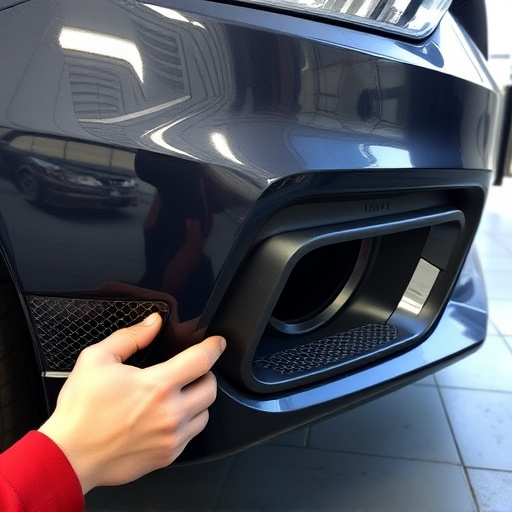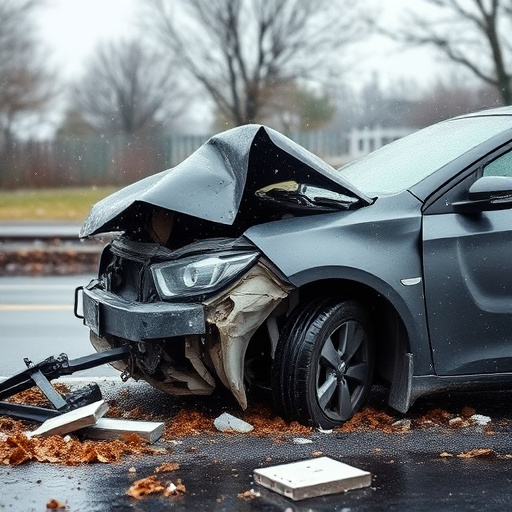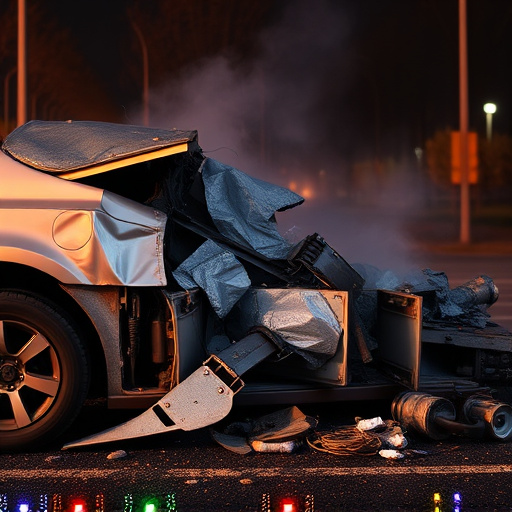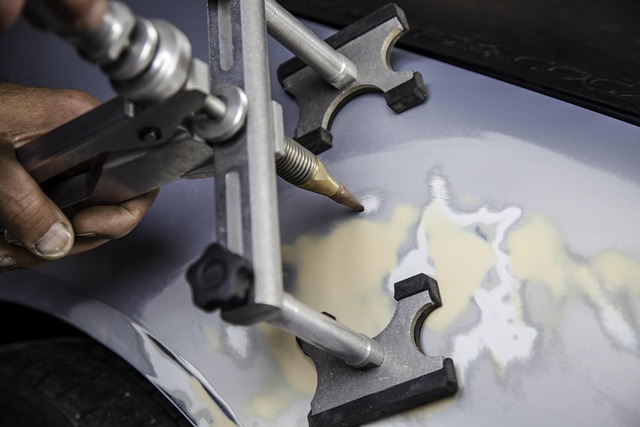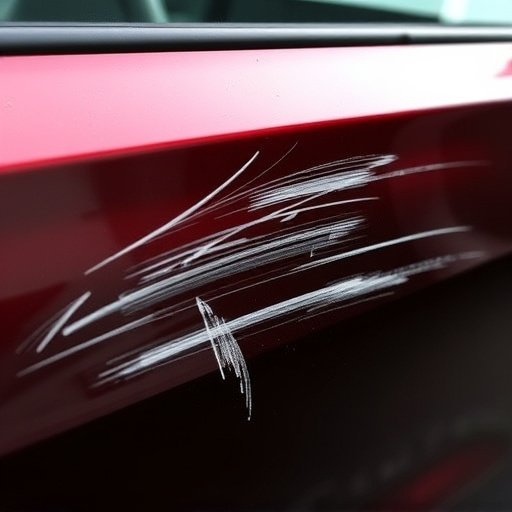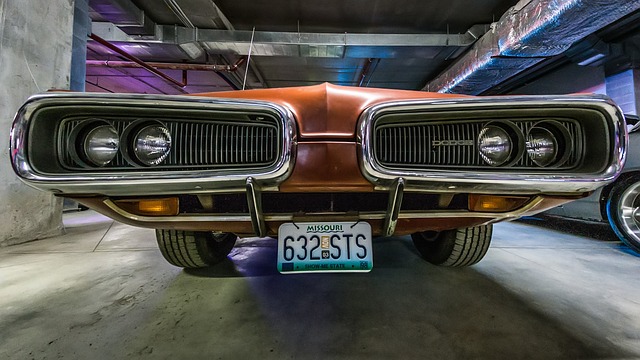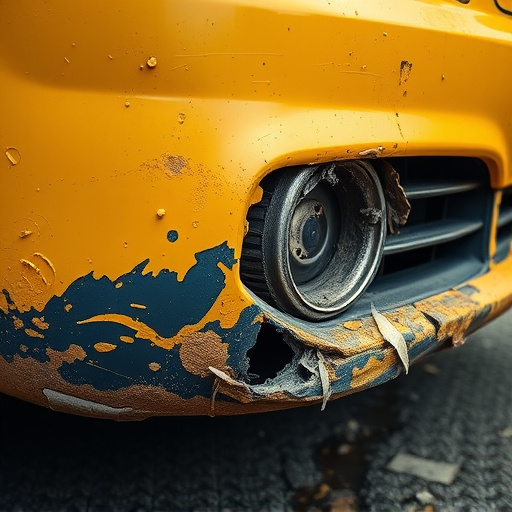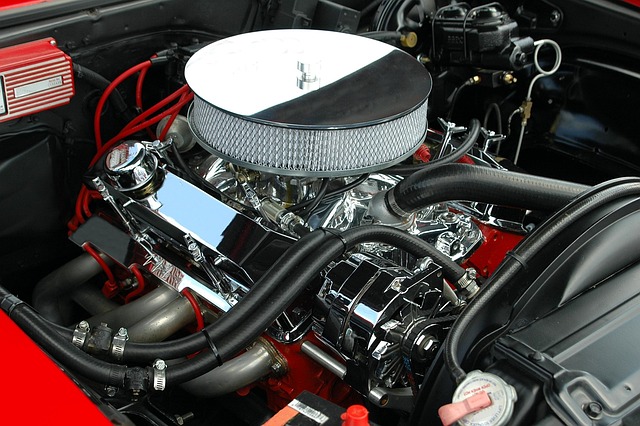Advanced 3D printing technology revolutionizes expert auto body repair with precision, efficiency, and on-demand production, offering custom components for classic cars. AI transforms damage assessment and repair, leveraging high-resolution images and machine learning algorithms to predict repairs. VR training methods provide an immersive learning experience, allowing technicians to practice complex skills in simulated scenarios using detailed 3D car models.
The future of expert auto body repair is here, driven by innovative technology and advanced tools. This transformative era leverages cutting-edge innovations like 3D printing to create precision auto body parts, replacing traditional manufacturing methods. AI algorithms streamline damage assessment, offering efficient and accurate repairs. Additionally, virtual reality training immerses technicians in a new dimension of learning. These developments not only enhance repair quality but also redefine the landscape of expert auto body repair services, promising faster, more effective solutions for years to come.
- Advancing 3D Printing for Auto Body Parts
- AI-Powered Damage Assessment and Repair
- Virtual Reality Training for Technicians
Advancing 3D Printing for Auto Body Parts
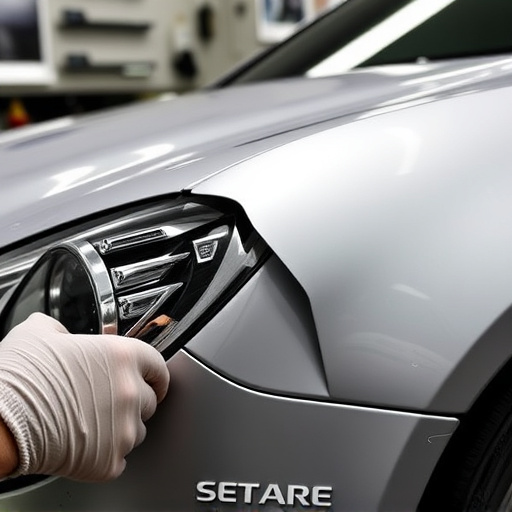
The future of expert auto body repair is set to be transformed by advanced 3D printing technology. This innovative process allows for the precise creation of complex car body parts, revolutionizing the way repairs are carried out in car body shops. By digitizing design and manufacturing processes, 3D printing offers unparalleled accuracy and efficiency, ensuring that every replacement part is a perfect fit for classic cars or modern models alike. This technology also paves the way for on-demand parts production, reducing lead times and costs associated with traditional manufacturing methods.
As the field of car paint services continues to evolve, 3D printing integrates seamlessly with expert auto body repair techniques. The ability to print custom, high-quality components tailored to specific vehicle makes and models opens up new possibilities for restoration projects. Classic car owners can now access a wider range of original or aesthetically matching parts, ensuring their vehicles remain in pristine condition. Moreover, this technology streamlines the repair process, enabling car body shops to offer faster turnaround times without compromising on the quality of their services.
AI-Powered Damage Assessment and Repair

The future of expert auto body repair is being reshaped by Artificial Intelligence (AI), revolutionizing damage assessment and repair processes. AI-powered tools can analyze vehicle data, including high-resolution images and sensor readings, to accurately detect and classify car body repairs needed. This advanced technology enables experts to make informed decisions, saving time and resources while ensuring precision.
By leveraging machine learning algorithms, these systems can identify subtle damage in various components—from dented panels to complex paintwork. Moreover, AI facilitates predictive maintenance by forecasting potential issues before they become major repairs, enhancing overall vehicle care. This innovative approach to car body repair not only benefits repair shops but also empowers owners with proactive vehicle management.
Virtual Reality Training for Technicians

The future of expert auto body repair is being reshaped by innovative training methods, with Virtual Reality (VR) leading the way. This cutting-edge technology offers a immersive and interactive learning experience for technicians, allowing them to master complex car body repair skills in a safe and controlled environment. By stepping into a virtual workshop, trainees can navigate through realistic simulations of various vehicle collision scenarios, gaining hands-on practice without the risks associated with real-world repairs.
VR training enhances learning by providing a dynamic and adaptable platform. Technicians can repeatedly practice challenging procedures, from panel replacement to frame straightening, at their own pace. This personalized approach ensures that each technician gains proficiency in auto maintenance tasks, contributing to improved quality standards in the industry. Moreover, VR’s ability to project detailed 3D models of car bodies enables students to understand intricate structural components, fostering a deeper appreciation for vehicle construction and expert auto body repair techniques.
As we look ahead, the future of expert auto body repair is poised for a significant transformation. Advancements in 3D printing technology offer lightweight, precise, and cost-effective solutions for auto body parts replacement. AI-driven damage assessment systems streamline the repair process, enabling technicians to make accurate judgments swiftly. Furthermore, virtual reality training simulates complex scenarios, enhancing technician skills and ensuring consistent high-quality repairs. These innovations collectively drive the industry towards precision, efficiency, and sustainability in expert auto body repair.

